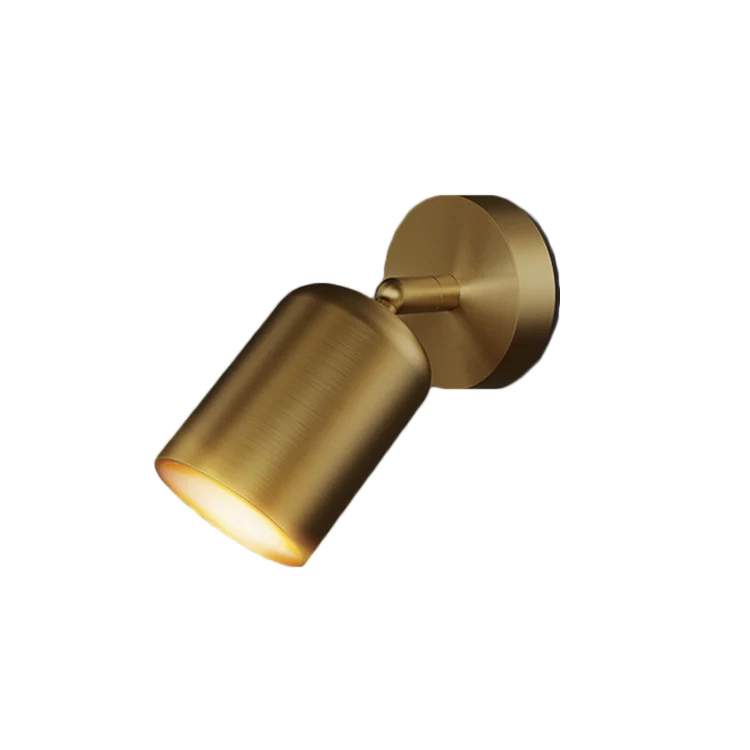LEAFLETS
PRODUCTS
From Classic to Contemporary A Journey Through Table Lamp Styles
The Enduring Appeal of Classic Styles
The book begins by examining the enduring legacy of classic table lamp designs. It meticulously traces the development of styles like the Victorian era's ornate, heavily embellished lamps, often crafted from brass, porcelain, and intricately carved wood. These lamps, frequently featuring fringed shades and elaborate bases, reflect the opulent tastes of the time, showcasing a penchant for intricate detail and a display of wealth. The book explores how these designs often incorporated elements of nature, employing motifs like flowers, leaves, and birds, demonstrating a connection between the human-made and the natural world.
Moving on from the Victorian era, the book then discusses the Art Deco period's influence on table lamp design. Characterized by geometric shapes, streamlined forms, and the use of luxurious materials like chrome and lacquer, Art Deco lamps represent a significant shift towards modernism. The book highlights the clean lines and sophisticated simplicity that define this style, contrasting it sharply with the exuberance of Victorian designs. Examples featured within show how the era's fascination with technology and industrial progress found expression in sleek, functional, and undeniably stylish lamps.
The Rise of Mid-Century Modern
The mid-20th century witnessed a revolution in table lamp design, characterized by the rise of Mid-Century Modern. The book dedicates a substantial section to this influential movement, highlighting its emphasis on functionality, clean lines, and organic forms. Materials like molded plastic, glass, and lacquered wood became commonplace, reflecting a postwar optimism and embrace of new technologies. Designers such as George Nelson and Isamu Noguchi are featured, their iconic lamps representing the movement's key principles: simplicity, elegance, and a focus on the user experience.
This section also explores the diverse range of styles encompassed within Mid-Century Modern, showing the variations within the movement, from the minimalist designs of the Scandinavian school to the more playful and expressive forms of American designers. The book meticulously illustrates how light itself was considered a key design element, with many lamps featuring innovative shade designs that optimized light diffusion and ambience.
Contemporary Innovations and Eclecticism
The book then transitions to the contemporary landscape of table lamp design, demonstrating how the field continues to evolve at a rapid pace. This section highlights the embrace of new materials, technologies, and design approaches. Sustainable and eco-friendly materials are gaining prominence, reflecting a growing awareness of environmental concerns. The use of recycled materials and innovative manufacturing processes is showcased, emphasizing a move towards more responsible design practices.
Furthermore, the book explores the increasing eclecticism in contemporary table lamp design, showcasing how designers are drawing inspiration from a variety of historical styles and cultural influences. The lines between traditional and modern are increasingly blurred, resulting in a diverse range of lamps that blend vintage aesthetics with contemporary sensibilities. The book presents examples of lamps that seamlessly integrate technology, such as integrated LED lighting and wireless charging capabilities, highlighting the ongoing interplay between form and function.
Beyond Aesthetics: The Cultural Context
From Classic to Contemporary doesn't just focus on aesthetics; it also explores the broader cultural contexts shaping table lamp design. The book skillfully weaves together narratives of social change, technological advancements, and economic shifts to provide a holistic understanding of the evolution of these everyday objects. For example, the rise of industrial production dramatically altered the availability and affordability of table lamps, making them accessible to a wider range of people.
Moreover, the book effectively illustrates how table lamps have played a significant role in shaping interior design trends throughout history. It demonstrates how different lamp styles have reflected and influenced the overall aesthetic of homes and living spaces, providing a fascinating glimpse into the interplay between object and environment. By considering these broader contextual factors, the book elevates the study of table lamps beyond mere design history, placing them within a richer and more meaningful cultural framework.
Conclusion: A Timeless Illumination
In conclusion, From Classic to Contemporary A Journey Through Table Lamp Styles provides a comprehensive and engaging overview of the rich history and ongoing evolution of table lamp design. It's more than just a visual feast; it's an insightful exploration of design trends, cultural shifts, and the enduring power of light to illuminate our lives and spaces. By seamlessly blending historical analysis with a keen eye for aesthetic detail, this book offers a rewarding and illuminating journey through time, illuminating both the past and the future of this seemingly simple, yet profoundly significant, object.
SUBSCRIBE
INQUIRY










